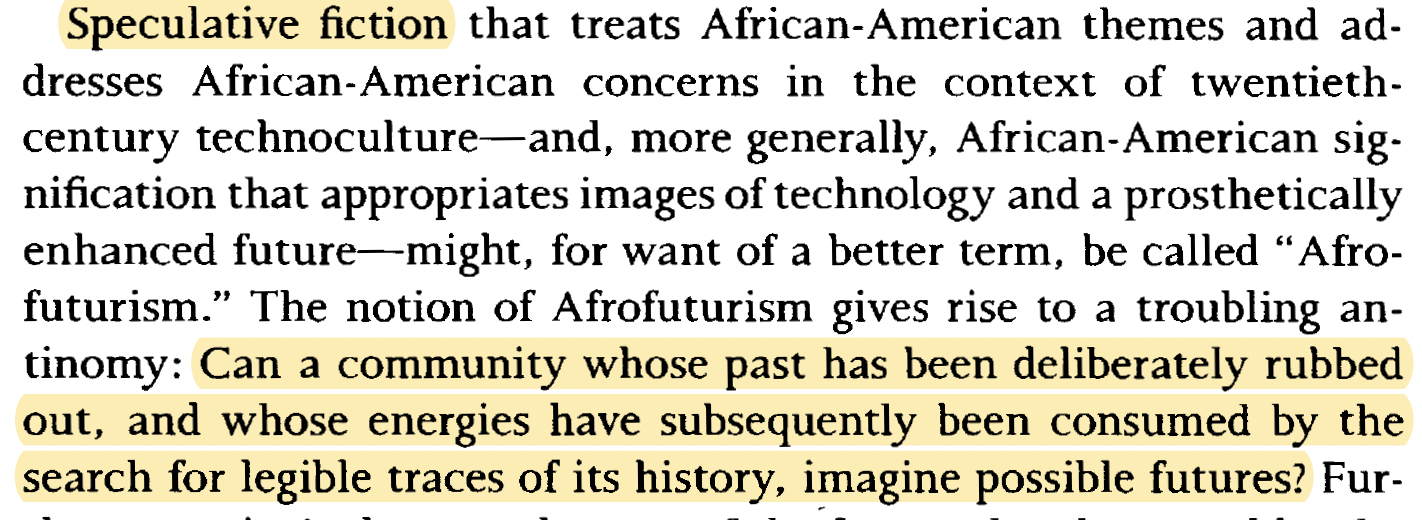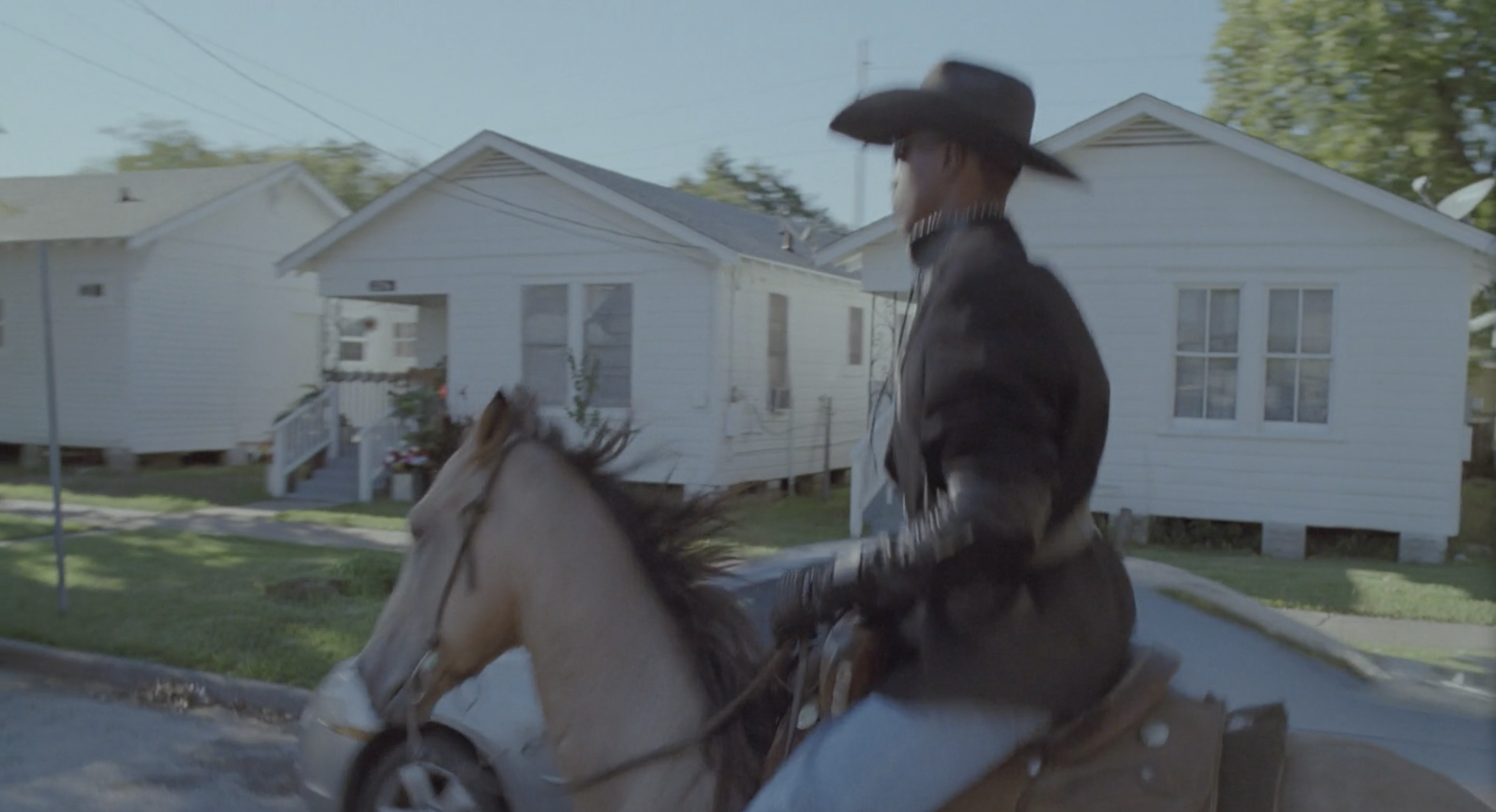
the princesses of west Tex, the knowles sisters have their finger on the pulse, eye trained on the future of Black america, body synced to a dance simultaneously projected across global screens.
houston, texas, and specifically the third ward, takes on persona in solange’s when i get home, shapeshifts under the camera. home and foreign, safe and unknown: the architecture itself is transported out of both temporal and spatial belonging. sharp angles, Concrete sculpture architecture Space, set-piece built into dry heat, slyly futurist lover daughter mother sister.
i can’t be a singular expression of myself,
there’s too many parts, too many spaces, too
many manifestations, too many lines, too
many curves, too many troubles, too many
journeys, too many mountains, too many
rivers, so many
the alien landscapes of when i get home, solange’s things I imagined, permeate the screen. i use alien in hopes of highlighting its impossible positioning: alien as in foreign as in unknown as in ostracized as in stolen as in wrong place wrong time as in nonnormative. the grain of when i get home argues for alienness-as-familiarity, superimposes music video styling with experimental animation with collage with architecture with dance with sound–alien-filled alien-landscapes.
philosopher, artist, and muse throughout the 33-minute-long visual essay/film, solange’s theoretical gaze expands and transforms the city into a sprawling Afrofuturist landscape, playing with and against the grain of futurism and science-fiction. taking up space as theoretical positioning, as question-making ::

synchronized dances against brutalist skyscrapers meld into a cowboy parade through suburban houston turns into a 3D animated colosseum, populated by human and a-human figures. driven through the streets with the bulls, rodeo cowboy at the reigns.
what makes the desert?


the Black cowboy is as alien to the Western as it is natural to the West. the Black cowboy guides the camera through the streets of the third ward, leather-clad men riding horses upright and proud, bulls in circles around a desert arena, dance & ride. “all of the first cowboys I saw were Black.” “a texas film”—the cowboy ethos, implicitly pushing against a disappeared john wayne [never present john wayne, no man’s john wayne]. truth being no white man controls the land no white man controls the animal no white man–ruptured generic formulations by the Black cowboy, kicking up dust...
what makes the desert Black?
the rodeo is an art piece, is still-life in action, is sculpture-making, is creating space of shaping and reshaping form and relationships. the rodeo is Sunday Evening music sweat &blood, is boyhood—manhood—performance-writing. what is done to the body is done to the land is the price of performance, is the blood in the sand, is the thrill in the air. the Black desert is full of rodeo music, zydeco& a little bit of rap music.

the question is how far does the sound travel?
conceptualizing the north american desert requires listening to the sound it makes.
the sand against skin chafes, whistles in the wind.
what makes the desert Alive?


---->turn back around
---->credits & sources